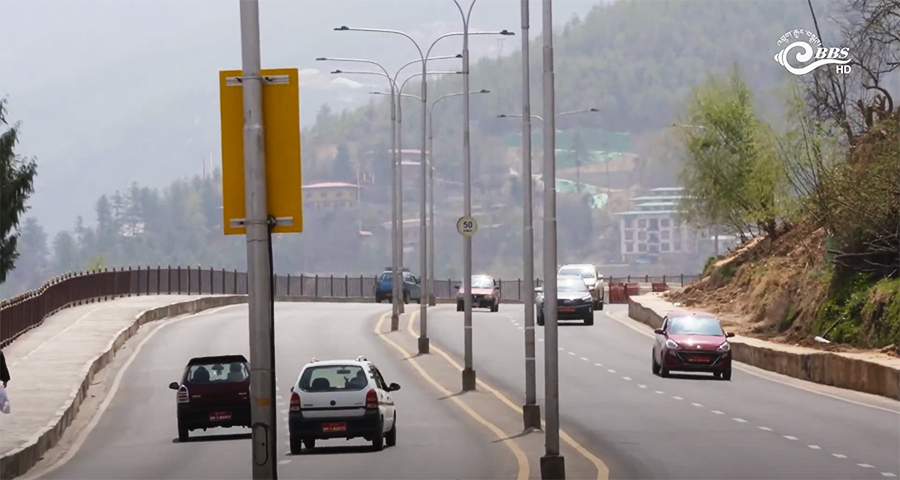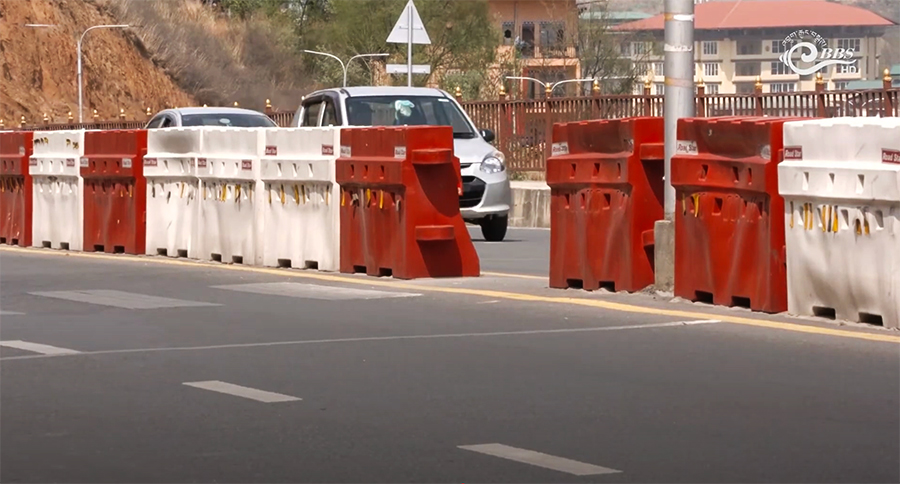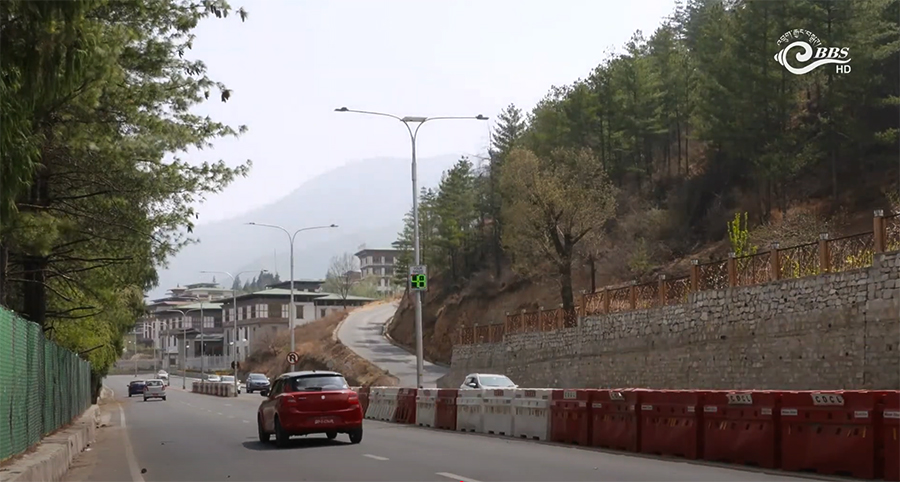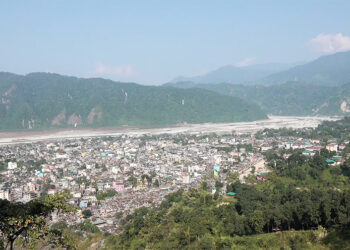 A recent car accident on the four-lane Chubachu-Jungshina expressway in Thimphu has once again highlighted growing concerns over safety on this route. The incident, which occurred late Friday night, involved a 27-year-old driver losing control of his vehicle and crashing into a streetlight pole.
A recent car accident on the four-lane Chubachu-Jungshina expressway in Thimphu has once again highlighted growing concerns over safety on this route. The incident, which occurred late Friday night, involved a 27-year-old driver losing control of his vehicle and crashing into a streetlight pole.
 The road between Chubachu and Jungshina is known for being accident-prone, particularly for collisions with streetlight poles. Authorities say the accidents often result from speeding, distracted driving, and alcohol consumption, with most incidents occurring at night or in the early morning hours.
The road between Chubachu and Jungshina is known for being accident-prone, particularly for collisions with streetlight poles. Authorities say the accidents often result from speeding, distracted driving, and alcohol consumption, with most incidents occurring at night or in the early morning hours.
 Currently, dividers are installed only in select sections of the road, leaving streetlight poles exposed in most stretches. Residents expressed concerns about speeding vehicles along the route and called for the installation of additional speed bumps. They said speeding is one of the main reasons for frequent accidents in the area.
Currently, dividers are installed only in select sections of the road, leaving streetlight poles exposed in most stretches. Residents expressed concerns about speeding vehicles along the route and called for the installation of additional speed bumps. They said speeding is one of the main reasons for frequent accidents in the area.
Meanwhile, other residents blame the placement of the streetlight in the middle of the expressway for the accidents.
“I don’t usually drive at night, but when I am on the road during the day, I often notice broken or missing streetlights along the route. As for road dividers, they have their benefits, but ultimately, safe driving comes down to our responsibility as drivers,” said Jigme Wangchuk, a taxi driver.
To prevent such accidents, the authorities said they have not only put in place the necessary infrastructure but are also planning to further improve safety on the route.
Authorities have plans to extend dividers along the entire route. These dividers are expected to reduce the impact of accidents by providing a physical barrier that could help mitigate collisions. Additionally, there are plans to install reflective markers on streetlight poles at eye level, aimed at enhancing visibility for drivers, particularly at night.
 To remind drivers to slow down, authorities have also installed a speed bump and two speed detectors along the road. These measures are designed to increase awareness of speeding and encourage safer driving.
To remind drivers to slow down, authorities have also installed a speed bump and two speed detectors along the road. These measures are designed to increase awareness of speeding and encourage safer driving.
They have also reinforced the importance of responsible driving, stressing that even with the proper infrastructure in place, it is ultimately the driver’s responsibility to maintain control of their vehicle and be aware of the potential risks. Regular checks for expired licences, impaired driving, and speeding are carried out, but authorities highlight that these measures can only do so much.
Karma Samten Wangda
Edited by Kipchu









